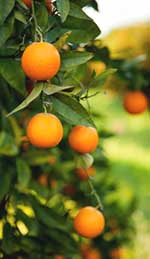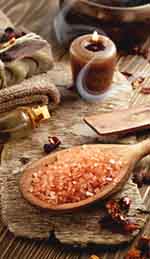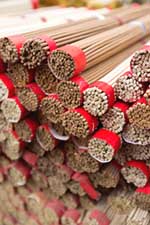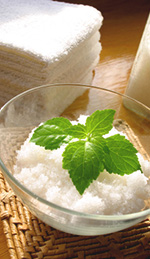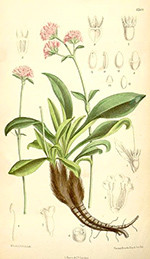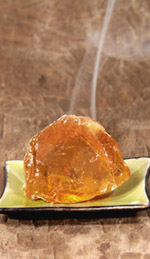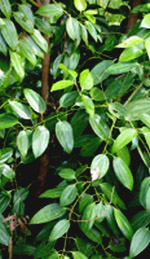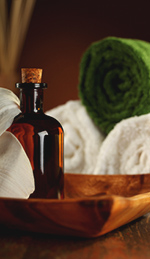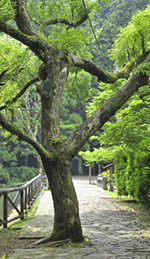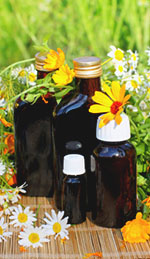 Essential oils are one of the most concentrated therapeutic agents available in complementary and alternative medicine, and for aromatherapy it is usually best to buy therapeutic-grade, professionally produced essential oils. However, if you want to obtain essential oils for non-therapeutic uses without breaking the bank, you can easily learn how to make essential oils from scratch at home. While some plant materials require special equipment and processing, others can be steam distilled in your own kitchen. The great benefit of learning how to make essential oils from scratch at home is that it allows you to affordably produce larger batches of oils for use in crafts like soap and candle making, as well as blending your own perfumes. Read on to learn the basics of making essential oils at home.
Essential oils are one of the most concentrated therapeutic agents available in complementary and alternative medicine, and for aromatherapy it is usually best to buy therapeutic-grade, professionally produced essential oils. However, if you want to obtain essential oils for non-therapeutic uses without breaking the bank, you can easily learn how to make essential oils from scratch at home. While some plant materials require special equipment and processing, others can be steam distilled in your own kitchen. The great benefit of learning how to make essential oils from scratch at home is that it allows you to affordably produce larger batches of oils for use in crafts like soap and candle making, as well as blending your own perfumes. Read on to learn the basics of making essential oils at home.
What is an Essential Oil? An essential oil is a concentrate of the volatile compounds found in aromatic plants. These compounds can easily transition from one phase state to another; in this case, from a liquid to a gas when heat is applied to the raw plant material. Steam distillation uses steam to vaporize these volatile compounds and liberate them from the plant material as a gas. This vapor is then cooled, separated from the water vapor that is also distilled from the plant material, and piped into a condenser where it reforms into a pure essential oil.
Distilling Essential Oils at Home
Purchase or build a steam distiller: You handy types out there can find many instructional sites on how to build a steam distiller. Alternatively, you can purchase a distiller: models start at about $200, affordable if you plan on making a lot of essential oils. The crucial elements of any distiller are a large pot with a grated compartment or perforated shelf, like a vegetable steamer; a condenser to collect and cool the steam produced by distillation; and a separator or essencier, which passively separates the oil and water distillate (called a hydrosol) into different containers.
Harvest or buy raw material: If you can, it’s best to harvest your own plant material, as it will be fresher and you’ll have a better idea of its quality. Research the harvesting instructions for the type of plant oil you want to distill, so that you know what part of the plant to harvest for its oil; many species have an optimal season for harvesting, and the time of day may also make a difference. If you’re buying plant material for distillation, look for undamaged whole plant parts (never powdered) and, if possible, ask the seller when they were harvested.
Dry your plant material: It’s usually advisable to dry plants out of direct sunlight, although some species such as lavender and peppermint are dried in the field after being cut. In any case, don’t over dry your plants—make sure they’re still supple rather than brittle—and don’t get them wet once they’ve dried. Steam distill your material as soon as possible after drying.
Add water to the reservoir of your steam distiller: Use soft, clean water and make sure there’s enough for the length of the distillation you want to do. This will depend on the amount and type of plant material you’re distilling; some types of raw material can take up to 6 hours to distill. Place your dried raw material onto the grate or false bottom of the reservoir above the water, making sure the material doesn’t touch the sides of the still. There should also be at least 1 inch between the plant material and the water level.
Set the water boiling and close the lid of the still: Keep an eye on your still to make sure the distillate keeps condensing and flowing through the tubes; at some point you may need to add more water to the condenser to continue the cooling process. Once the distillation is finished, you can filter your essential oil through cheesecloth to remove any plant residues if you wish.
Place your finished oil into a container: Use a dark glass or stainless steel container with an airtight lid to store your finished essential oil. Steam distillation also produces a hydrosol, or aromatic water; you can use this on its own as a fragrance, discard it, or return it to the reservoir if you plan to make another batch of oil immediately.
Things to remember: Essential oil yields vary widely from plant to plant, and in all cases you will need a lot of raw material to produce just a few ounces of essential oil. If you’re planning on frequently distilling essential oils, it may make sense to invest in a large distiller (40 liters or so) and make larger batches at a time. Also, the materials in your distiller count: it’s best to use stainless steel elements and glass—never plastic—tubing, since these materials are nonreactive. Copper pots can also work with many plant materials but may react with some to produce impurities; this can be fixed by buying a bronze pot (copper alloyed with tin) instead. Aluminum pots are fine for distilling many essential oils but may react with plants that contain phenols, such as clove and wintergreen, so it’s important to know the composition of your plants before you start.
Finally, remember that essential oils are often found in fragile parts of the plant such as the hairs, veins, and glands. Be careful not to break these if you’re harvesting your own plants, and handle the harvested material as little as possible before distilling it. You’ll end up with a higher yield of essential oils for all your hard effort.

